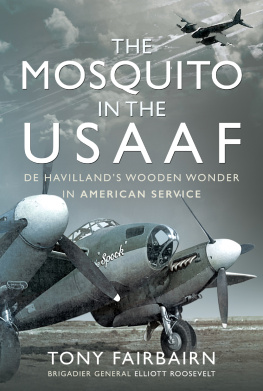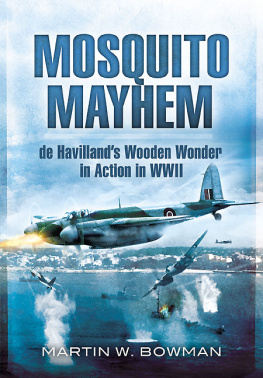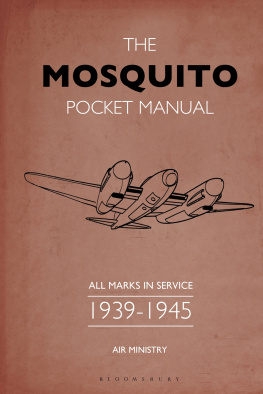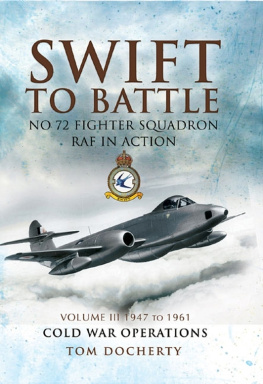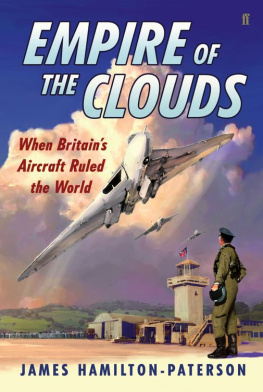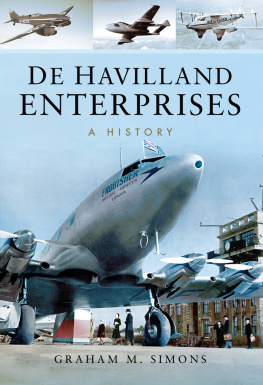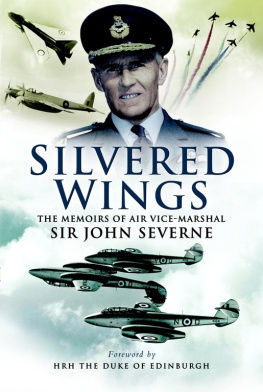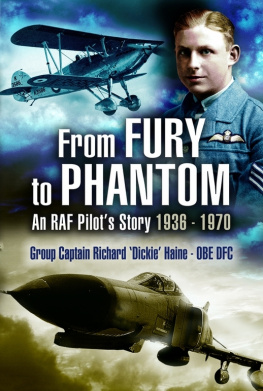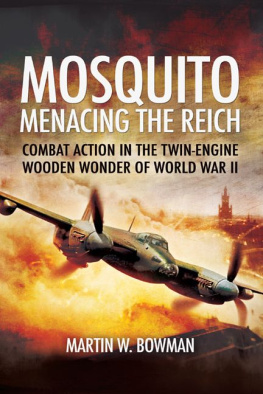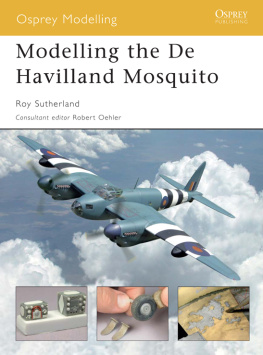Tony Fairbairn - The Mosquito in the USAAF: De Havilland’s Wooden Wonder in American Service
Here you can read online Tony Fairbairn - The Mosquito in the USAAF: De Havilland’s Wooden Wonder in American Service full text of the book (entire story) in english for free. Download pdf and epub, get meaning, cover and reviews about this ebook. City: Barnsley, year: 2021, publisher: Air World, genre: History. Description of the work, (preface) as well as reviews are available. Best literature library LitArk.com created for fans of good reading and offers a wide selection of genres:
Romance novel
Science fiction
Adventure
Detective
Science
History
Home and family
Prose
Art
Politics
Computer
Non-fiction
Religion
Business
Children
Humor
Choose a favorite category and find really read worthwhile books. Enjoy immersion in the world of imagination, feel the emotions of the characters or learn something new for yourself, make an fascinating discovery.
- Book:The Mosquito in the USAAF: De Havilland’s Wooden Wonder in American Service
- Author:
- Publisher:Air World
- Genre:
- Year:2021
- City:Barnsley
- Rating:3 / 5
- Favourites:Add to favourites
- Your mark:
The Mosquito in the USAAF: De Havilland’s Wooden Wonder in American Service: summary, description and annotation
We offer to read an annotation, description, summary or preface (depends on what the author of the book "The Mosquito in the USAAF: De Havilland’s Wooden Wonder in American Service" wrote himself). If you haven't found the necessary information about the book — write in the comments, we will try to find it.
The party was there ostensibly to gain an insight into how various US aircraft supplied to Britain were performing, as well as to observe some of the latest British products being put through their paces. The eighteen types on display included both US and British bombers and fighters. But the star of the day was undoubtedly the de Havilland Mosquito.
Having first flown only a few months earlier, on 25 November 1940, the aircraft that was put through its paces was flown by none other than Geoffrey de Havilland. Striving to impress the trans-Atlantic visitors, de Havilland provided an outstanding display of speed and manoeuvrability. It was a routine that impressed the Americans and left them in no doubt as to the Mosquitos abilities.
Though the visitors harboured doubts about an aircraft made of wood, they returned to the United States with full details of the design. The Mosquito had also caught the eye of Elliott Roosevelt, son of the US President and a serving officer in the USAAC. An early specialist in military aerial mapping and reconnaissance, ER swiftly realized the value of the Mosquito in the reconnaissance role and began lobbying vigorously for its acquisition. The Air Ministry duly noted ERs interest and influence.
Following Americas entry into the war, formal requests for Mosquitoes began in earnest in 1942. Initial deliveries for evaluation purposes in the United States soon followed in June 1943, the aircraft initially being supplied by de Havilland Canada. From February 1944 a steady flow of the photographic reconnaissance version, from Hatfield, were provided to what would become the USAAFs 25th Bomb Group at Watton, England. There they served with distinction in a variety of specialist roles, including day and night photography, weather reconnaissance, chaff (Window) dropping, scouting for the bomber force, raid assessment, and filming of special weapons projects.
A number of these Mosquitoes, serving with the 492nd Bomb Group at Harrington, were involved in the so-called Joan-Eleanor project, working with OSS secret agents on the Continent. Finally, in 1945, the USAAF received much-anticipated night fighter Mosquitoes which enjoyed combat success with the 416th Night Fighter Squadron in Italy.
In this highly illustrated work, the author explores the full story of why the Americans wanted Mosquitoes, how they went about obtaining them, and their noted success and popularity with USAAF units.
Tony Fairbairn: author's other books
Who wrote The Mosquito in the USAAF: De Havilland’s Wooden Wonder in American Service? Find out the surname, the name of the author of the book and a list of all author's works by series.

